How to Incorporate Biophilic Design in Your Home
Most people are accustomed to commuting to and back from work. Our workplaces usually surround us with screens, phones, and cement. But once we get home, we enter a cozy environment that separates us from the natural world. Even though we might feel our best at home, staying indoors with all the commodities has genuinely made us distant from mother nature. Above all, it affects our well-being and overall health. Therefore, if you find yourself thinking about reconnecting with nature despite the busy life you lead, you’re at the right address. We are happy to inform you there are ways to incorporate biophilic design in your home and enjoy the natural world in your house.
Biophilic design: the definition
Before we dig deeper into the matter, let’s clarify the definition.
Biophilic design brings parts of the natural world into houses and buildings.
While green architecture aims to reduce construction’s environmental impact, the biophilic design goes further. The aim of including the biophilic design into our homes is to provide us with human’s innate need to stay connected with the natural world.
Therefore, spaces with a biophilic design allow you to stay indoors – even if you’re working overtime or staying at your home over the weekend. As a result, your need and connection to nature will be fulfilled.
Ways to incorporate biophilic design in your home
So, if you wish to remodel your home this way, you’ll need to do thorough research and make a concrete plan. Generally, success highly depends on the people involved in the process. So, you want to make sure you find the right architect and interior designer, as well as reliable packing services and moving company.
It’s best to leave it to the pros when it comes to these things and ensure some peace of mind, as packing services can take a lot of stress out of the process. With the right crew by your side, your wish to incorporate biophilic design into your home will soon become a reality. This article shares the best ways you can succeed in doing so.
Allow fresh air
The easiest way to blend your living space with nature is to open the windows and let the fresh air circulate. Then, take a moment to enjoy the sound of birds, wind, or rain. Doing this will help you improve your mood and immune system.
Maximize natural light
Getting enough vitamin D is a struggle of the 21st century. This sunshine vitamin is vital for our overall health, significantly lowering high blood pressure and regulating calcium intake. Therefore, you want to maximize the natural light in your home.
If you are remodeling your home thoroughly, it’s worth installing large windows that will enable you maximum sunlight. If you are only changing the interior, here are some ways you can let more light in:
- reposition your furniture;
- put the blinds up during the day;
- have light-colored curtains;
- move any pieces of furniture that are blocking the full potential of sunlight.
Another idea is to consider “minimalizing” your living space for furniture and contacting companies such as packandgomoversny.com to find possible storage solutions. This way, you will ensure no items are standing in the way, preventing the natural light from coming in.

Add plants to your indoors
Another instant change you can make is to add plants to your living space. Plants are not just gorgeous items to have. They are also natural air purifiers and mood boosters.
Additionally, green is considered to be a calming color. Therefore, plants could also help update your space and make it a perfect nook for clearing your mind.
If you worry that you will have trouble maintaining your plants, search for low-maintenance plant possibilities and restore the energy in your home!
Have a living green wall
Living green walls are usually incorporated in large shopping malls and corporate buildings. They help raise awareness and enable future growth. However, having an in-home living green wall is a thing to consider if you wish to go “all-in” to biophilic design.

This feature represents a significant difference and enables us to connect the inside with the outside. Ultimately, it has health benefits for the living space and its occupants.
Use natural materials and exposed wood
Exposed wood helps the people living in the space engage with nature. Also, it contributes to the overall warmer feeling compared to other building materials.
To embrace nature on another level, try incorporating as many natural materials as possible. For instance, sustainable timber, bamboo, cork, and stone are great options. You can implement these materials through your furniture, floors, home decor, work counters, and so on. The possibilities are endless.

Add water features if you wish to incorporate a biophilic design in your home
An additional feature of a biophilic home design is water. Water sounds help us create a soothing atmosphere for our minds. The water flow sounds help us relax our bodies and minds and take us to “our happy place.”
Therefore, having a handmade fountain indoors is a beautiful way to connect your home with nature. If you have a garden, you can make room for a small pond.
Include colors of nature
Nature is abundant in colors, and each season brings out a different theme. That’s why you shouldn’t avoid using natural colors in your home. You can add a bit of color through an accent wall or wallpaper.
The important thing is to know how specific colors affect your mood. Some of the most beautiful shades of nature are:
- soft greens,
- lemon yellows,
- light blues,
- bright orange,
- cream, and so on.
Incorporate some art
Finally, you can incorporate some wall art with greenery and plants in your living space. The art pieces could include some of your favorite wildflowers, a picture of birds singing, or the rising sun.
Ultimately, it all comes down to what you want the biophilic features to awake in you and your space. Anything that reminds you of special moments you spent in nature can be incorporated into wall art.
Conclusion on how to incorporate biophilic design in your home
As you could’ve seen, to incorporate biophilic design in your home isn’t easy. It takes knowledge, a vision, a plan, and the right people by your side if you wish to reconstruct the place entirely. No matter which options your choose, living in a biophilic space will improve your mood and health. Good luck!
Author’s bio:

Morgan Andrews is an interior designer with 15 years of experience. She sayss he enjoys working with clients fond of interior design and making their dreams come true. During the pandemic, Morgan started writing for some high-quality home decor websites to share her knowledge and experience with a large audience interested in upgrading their homes.



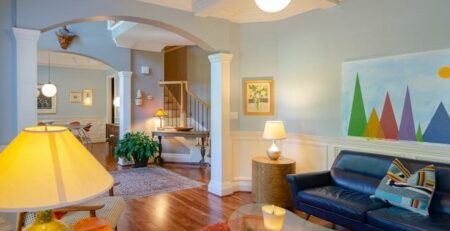
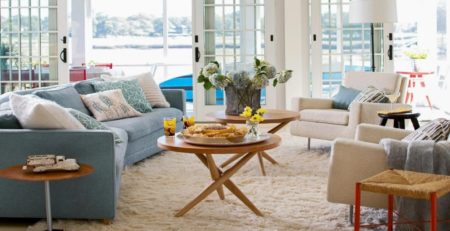
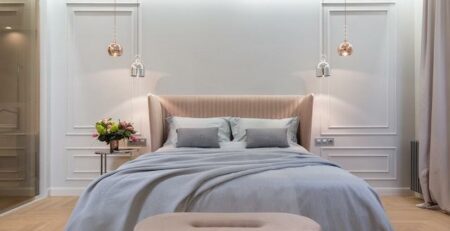

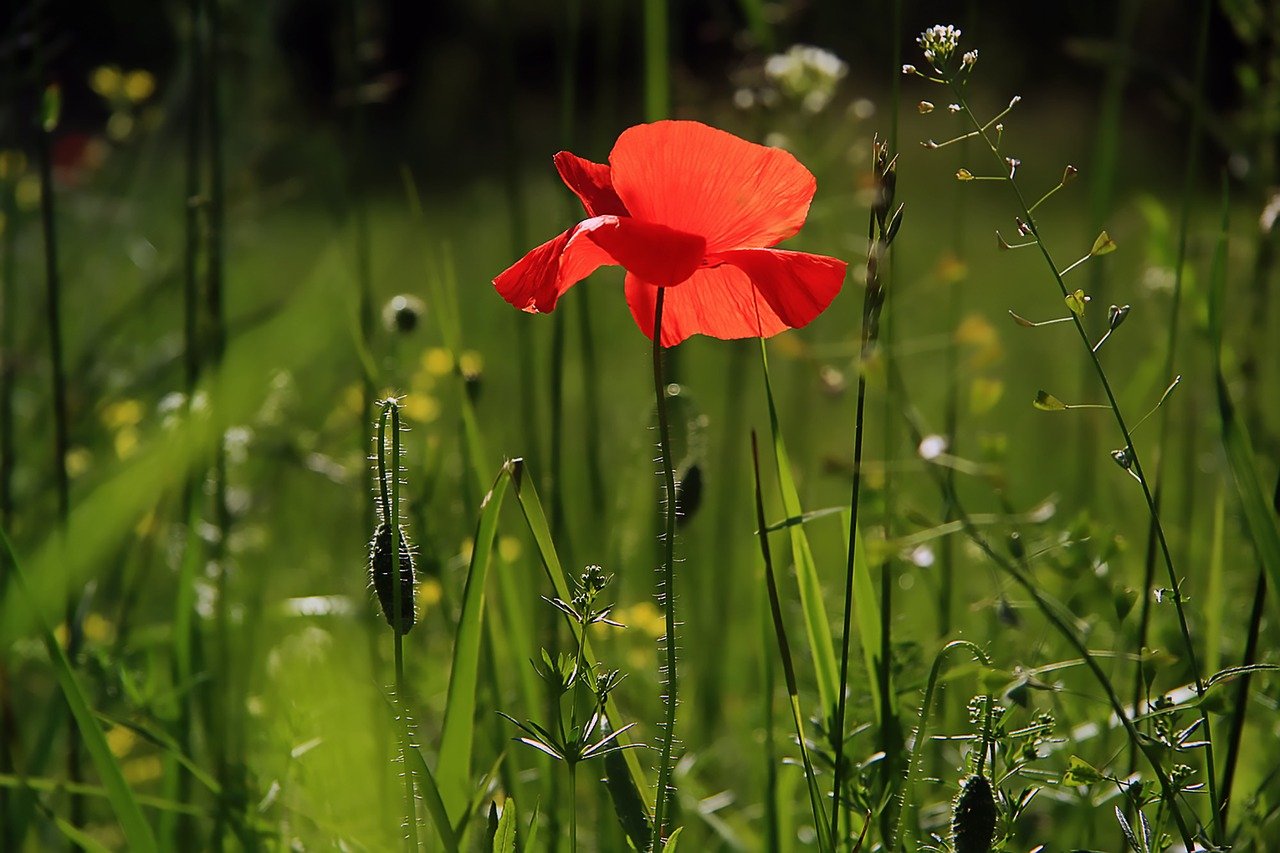
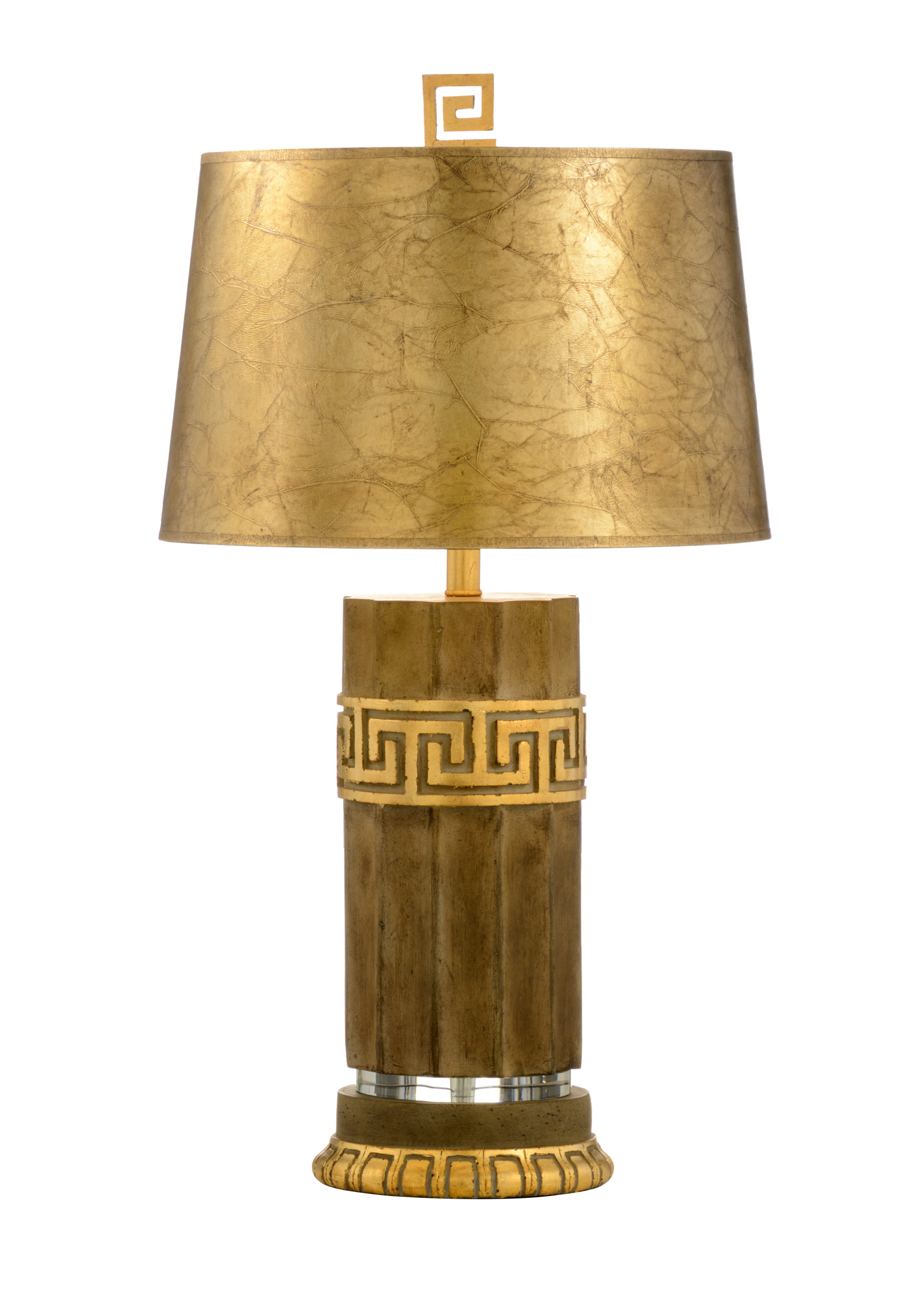
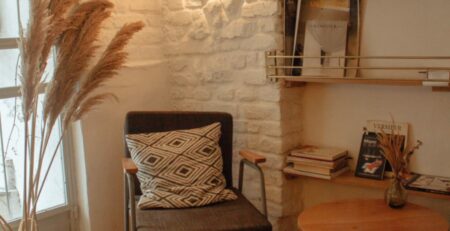
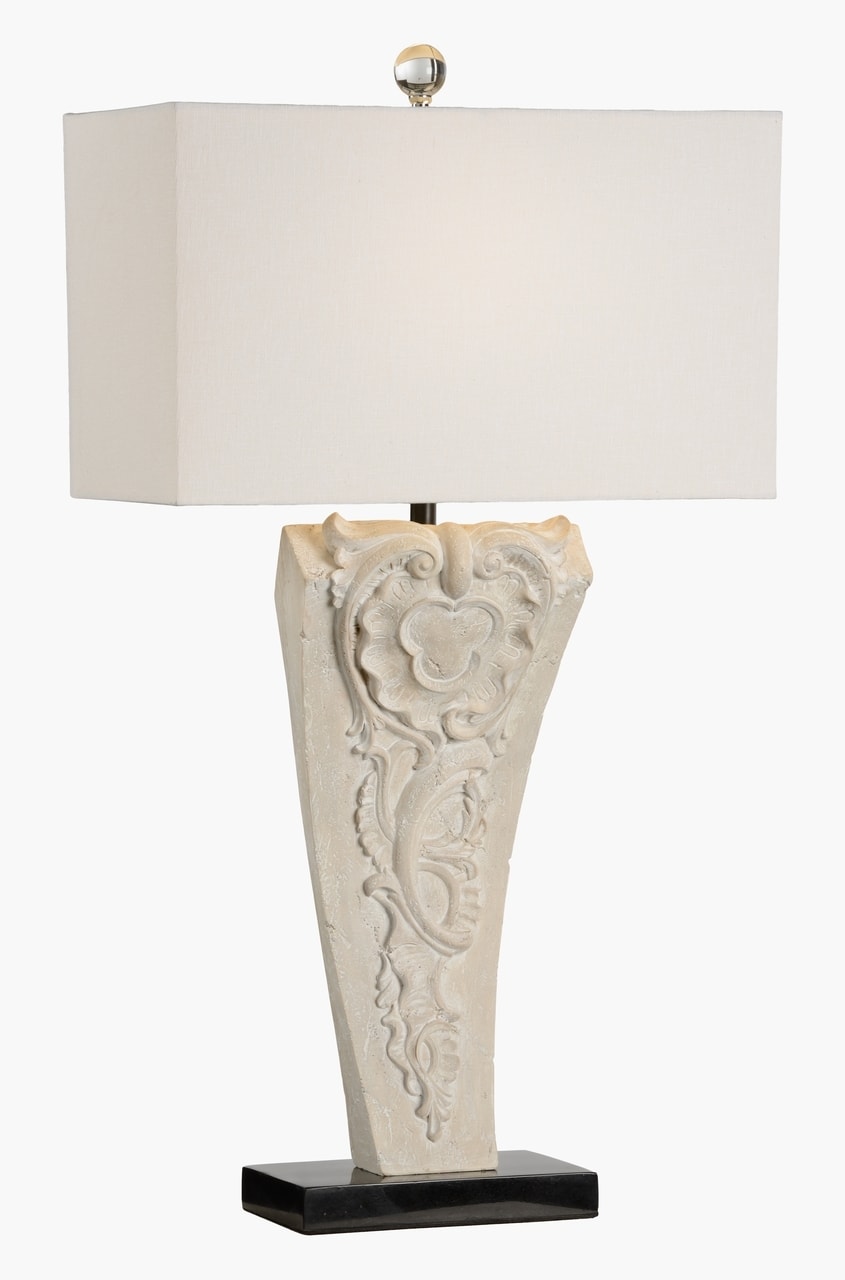

Leave a Reply